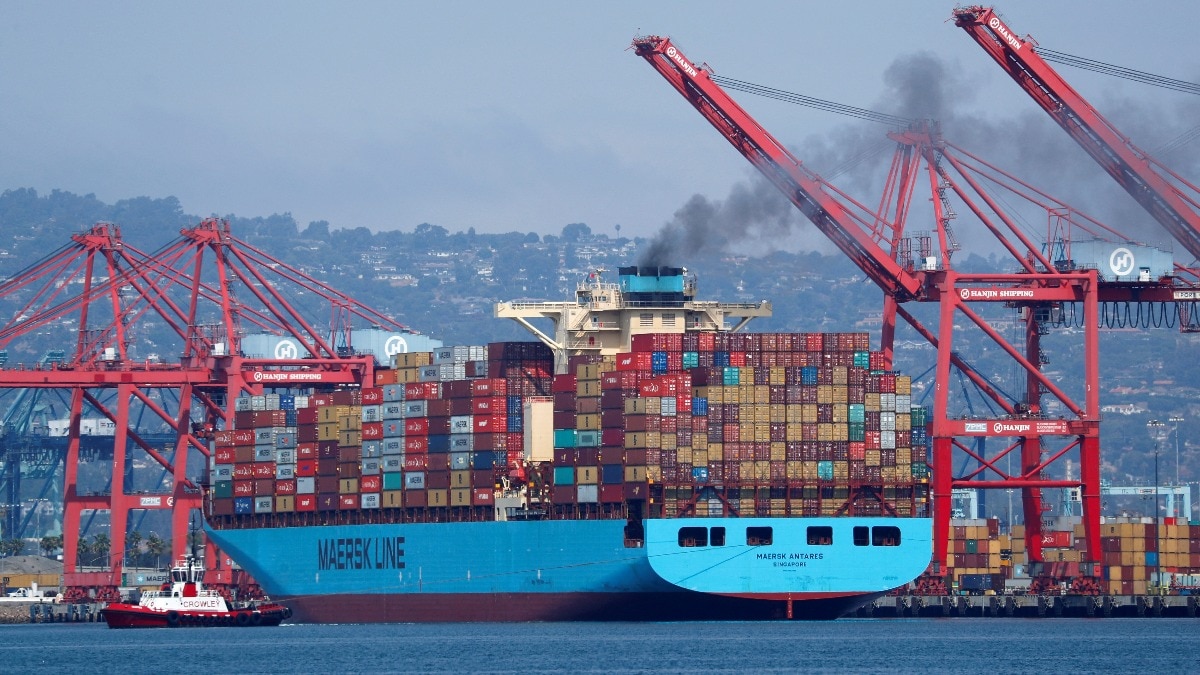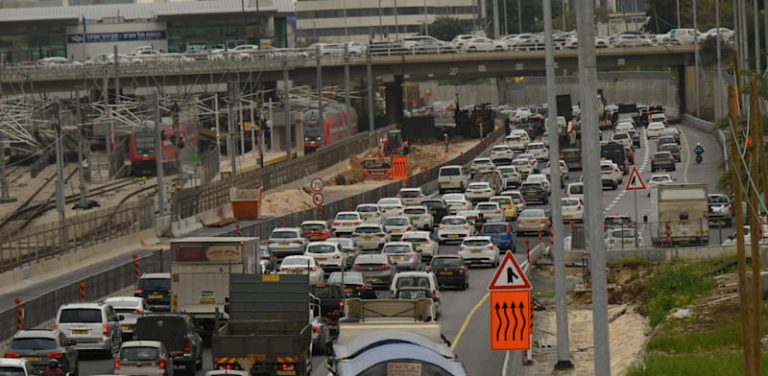The State Bank of India (SBI), in a report, assessed India’s various trade advantages even if the deal with the US is not one that’s 100 per cent desirable. The report added that the US’ high tariffs on China opens up opportunities for India.
“We believe that even if the India-US deal doesn’t come up as desired and 10 per cent additional tariffs are imposed on India, there are various avenues for India to diversify its exports,” the report added. India has reportedly presented its final ‘decent offer’, which will now be reviewed by the US side. The report added that as per indications, India’s proposal covers goods trade worth around $150-200 billion between the two countries.
The SBI report added that India’s total exports are not likely to be significantly impacted, considering a record $387.5 billion in 2024-25 was driven by sectors like IT, financial and business services.
It added that most Asian countries received a higher tariff rate than India. “This opens up opportunity for India to increase its exports to US, especially of those commodities in which it has revealed comparative advantage (RCA),” the report added.
India has RCA in chemicals only, for which China and Singapore have a higher share of exports to the US. However, China now faces higher tariffs than India, which opens up opportunities for New Delhi to increase its share of chemicals to the US. If India is able to get the tariffs reduced to 25 per cent – which is currently for Singapore – India can capture some of its share as well.
If India can capture 2 per cent share from China and Singapore, then it can add 0.2 per cent to its GDP. Another 1 per cent from Japan, Malaysia and South Korea’s shares will add 0.1 per cent more to the GDP.
India could capture the apparel exports share of Bangladesh, Cambodia and Indonesia too, it said. If India – whose share of apparel exports to the US is 6 per cent – can capture another 5 per cent from these countries, then it can add another 0.1 per cent to its GDP.
There is also an opportunity to expand its imports to Asian countries, including agricultural goods, livestock and its products, waste and scrap (especially metal scrap) and certain animal and vegetable processed products.
The ASEAN-India FTA is also being reviewed to remove the tariff distortions as well as the weak provisions for “rules of origin”, which has led to massive dumping of Chinese goods via some other countries. ASEAN is a major trading partner for India, with bilateral trade reaching $123 billion in 2024-25. The share of India’s exports to ASEAN has reduced over the years, while the share of imports has remained stable, it added.
“India should focus on enhancing its exports to ASEAN and prevent dumping of goods from China,” it added.
Then there is the agriculture and dairy sector, which is also the point of disagreement between India and the US. One of the threats of opening up the sector would be to the livelihood of the farmers, especially the small ones engaged in dairy production. The dairy sector is heavily subsidised in the US and the use of growth hormones and genetically modified organisms is another area of conflict. Moreover, if the dairy sector is opened up, the price of milk in India is likely to drop by at least 15 per cent, which could lead to potential annual loss of Rs 1.03 lakh crore to dairy farmers, as well as increase India’s milk imports by ~25 million tonnes. There would be a shift in surplus from producers to consumers if the dairy sector is opened up.






